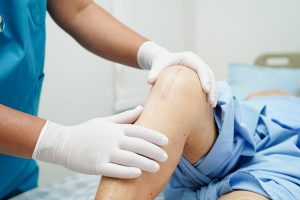
Migraines are not only extremely painful, but they also appear to pose a driving risk for seniors, a new study warns. Older adult drivers recently diagnosed with migraines are three times more likely to be involved in a car crash, researchers reported recently in the Journal of the American Geriatrics Society. “Migraine headaches affect more than 7% of U.S. adults over the age of 60,” noted lead researcher Dr. Carolyn DiGuiseppi, a professor with the University of Colorado School of Public Health. “The U.S. population is aging, which means increasing numbers of older adult drivers could see their driving abilities affected by migraine symptoms previously not experienced,” DiGuiseppi added in a university news release. “These symptoms include sleepiness, decreased concentration, dizziness, debilitating head pain and more.” For the study, researchers tracked more than 2,500 drivers ages 65 to 79 in five sites across the United States. A previous diagnosis of migraine did not appear to influence a driver’s crash risk, results show. But a new migraine diagnosis brought with it a threefold increase in the risk of a wreck within a year, researchers found. Medications commonly prescribed for migraines did not appear to influence either crash risk or driving habits, the researchers noted. “These results have potential implications for the safety of older patients that should be addressed,” DiGuiseppi said. “Patients with a new migraine… read on > read on >






































-300x200.jpg)